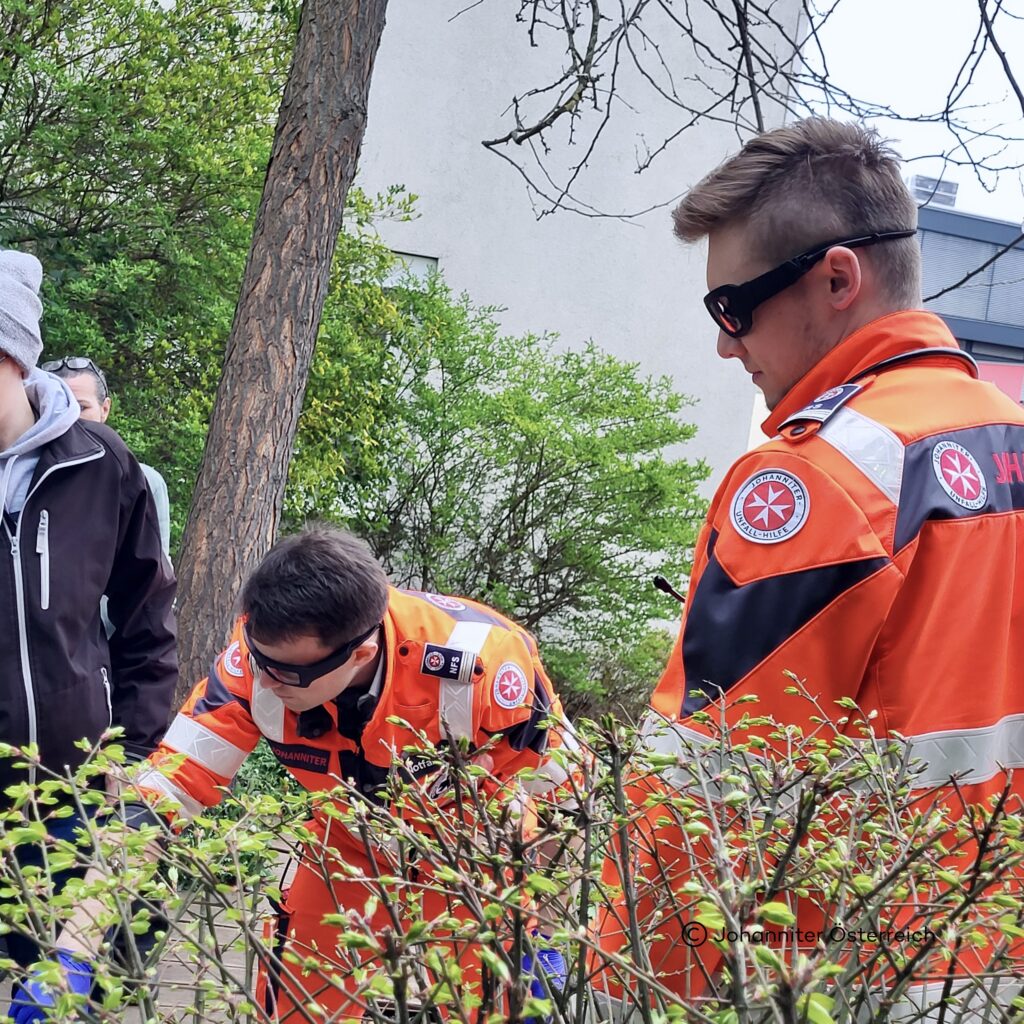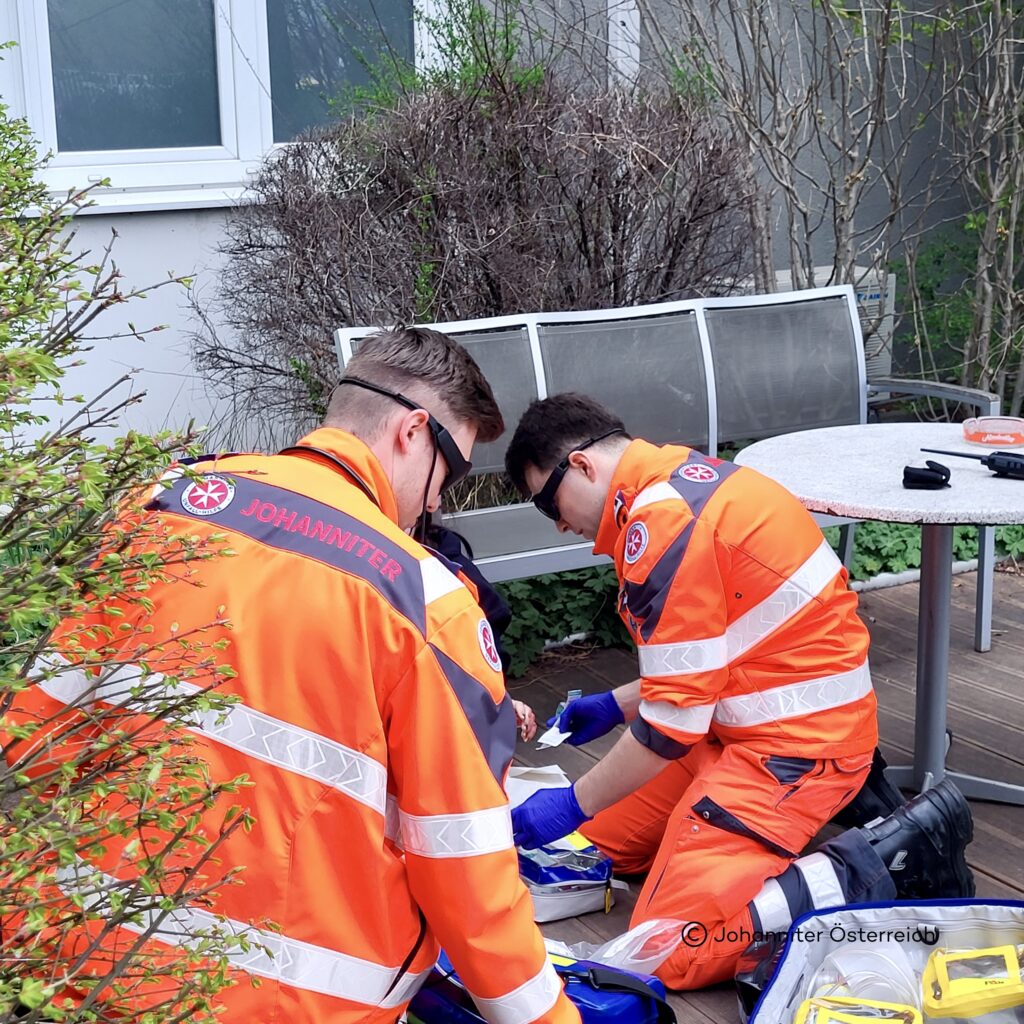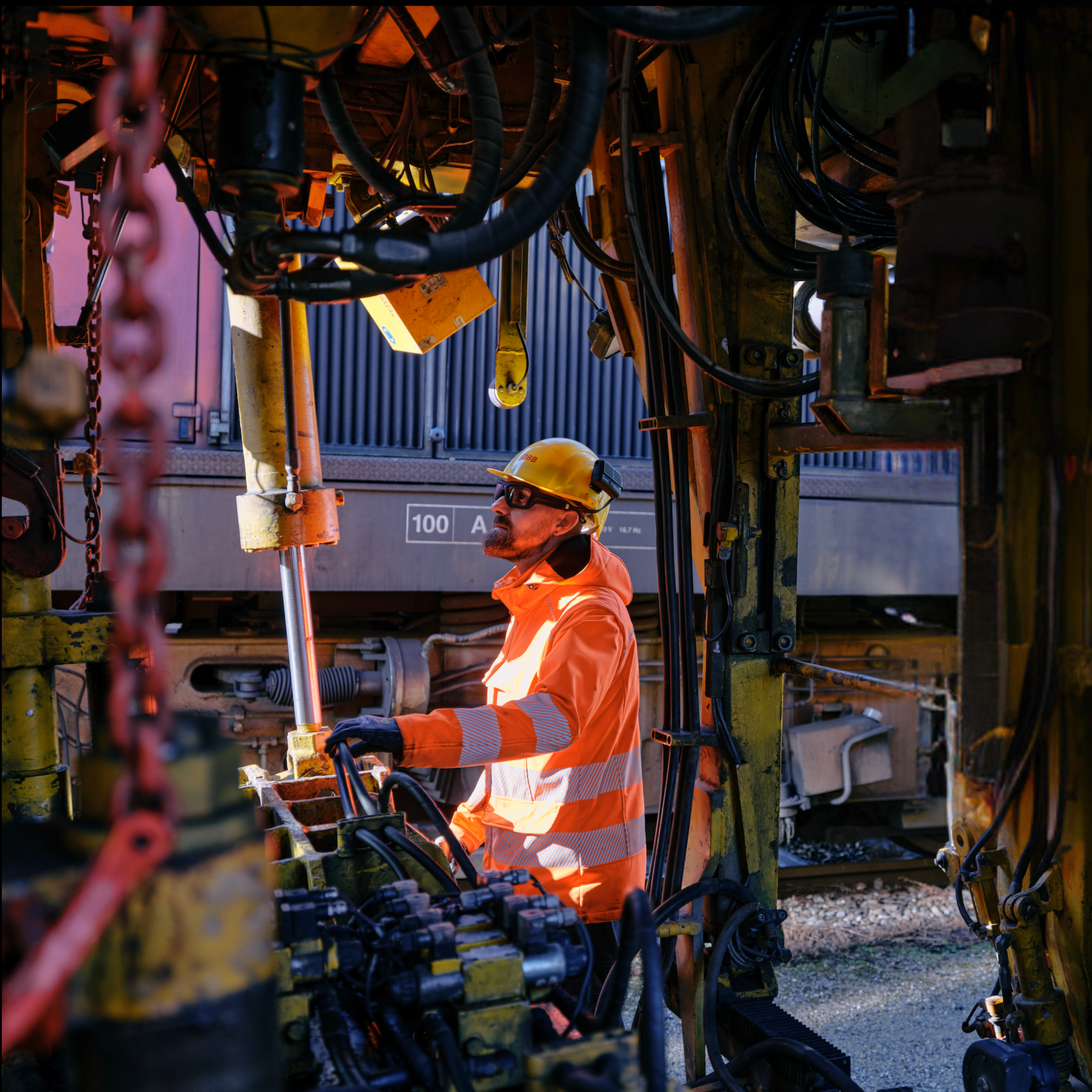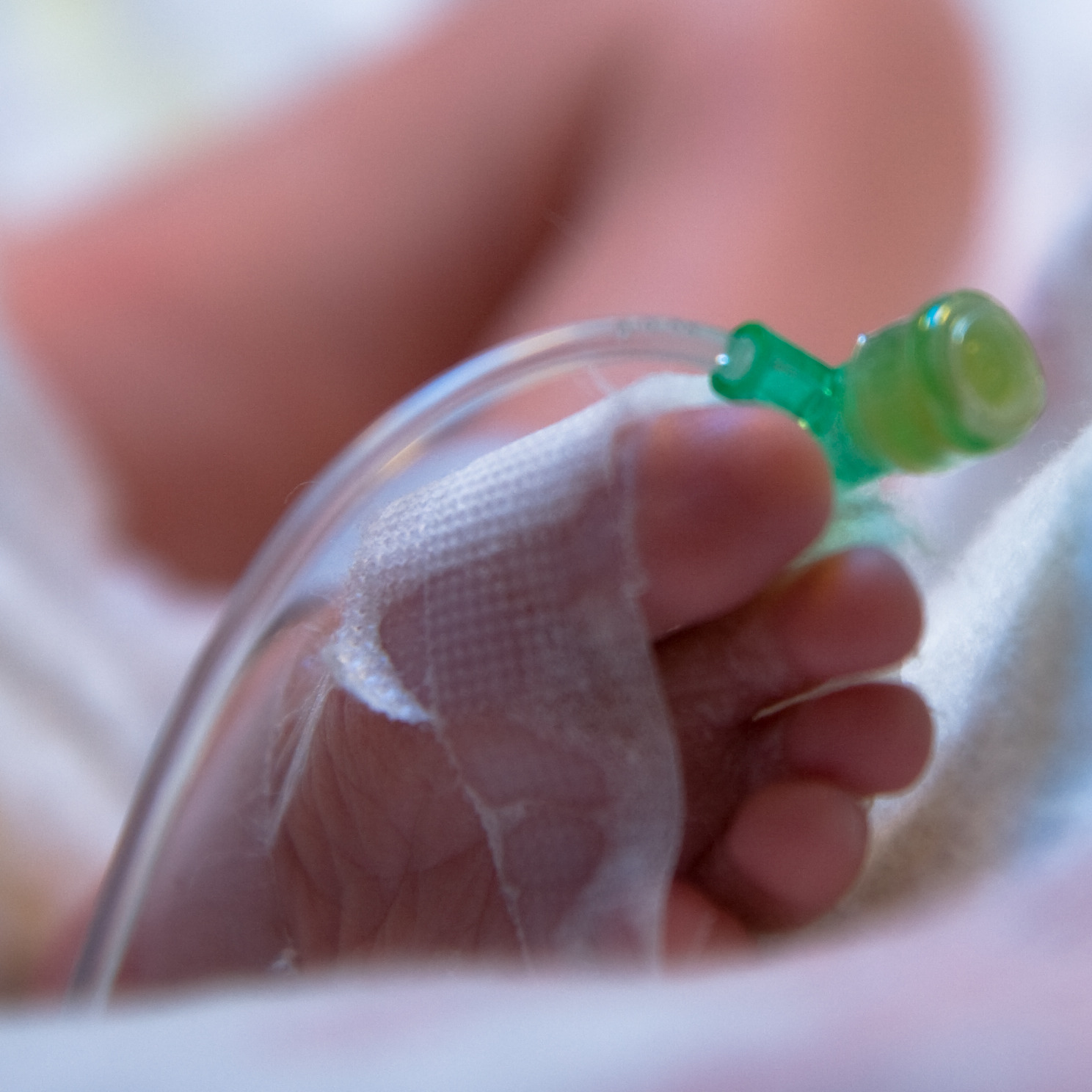Johanniter Austria is embracing the latest technology to take the training of paramedics and emergency medical technicians to the next level. Using VPS Smart Glasses equipped with eye-tracking technology, their training methods are being fine-tuned in a targeted way. Originally tested as part of two EU-funded research projects, this technology has now become an integral part of Johanniter’s training programs. The goal: improve orientation in emergency situations and objectively measure trainee progress.
In emergencies, every second counts, and the right decision can save lives. For Johanniter, the challenge lies in training paramedics and EMTs to act swiftly, confidently, and accurately—even under immense pressure.
“The quality of training determines the success of a mission,” says Georg Aumayr, Head of the Research and Innovation Center at Johanniter Austria. “Our job is to ensure that our teams are prepared for anything. To maintain this high standard, we regularly evaluate and integrate innovative technologies like virtual reality and eye tracking.”
Enhancing Situational Awareness: Rescue Starts with Perspective
At the training center in Vienna, around 150 paramedics and 20 emergency medical technicians are trained each year. A crucial aspect of their training is developing “situational awareness”—the ability to quickly and accurately orient themselves during an acute emergency. With eye-tracking technology, instructors can check whether trainees assess danger correctly before performing an initial patient evaluation.
“The Smart Glasses give us the chance to precisely analyze trainees’ gaze patterns. This lets us see where attention is lacking or being diverted,” explains Georg Aumayr. This insight allows instructors to intervene and tailor the training to individual needs.
Tracking Progress: From Beginner to Fully Operational
Eye-tracking data also provides valuable insights into how trainees progress during their education. In the early stages, it becomes clear how well they orient themselves and whether they follow instructions. As the training advances, their gaze patterns become more stable, signaling they are ready to take responsibility in real-life emergencies.
“When a trainee’s gaze consistently follows guidelines and instructions, we know they’ve reached a level where they can be sent out on missions,” says Georg Aumayr. This data-based feedback is valuable for both trainees and instructors, helping to set and achieve clear training goals.
Assessing Readiness: Recognizing Fatigue
Beyond training, Aumayr and his team also study how long paramedics can remain operational under different conditions. Eye-tracking provides critical insights here as well: frequent blinking or erratic gaze movements often signal fatigue or overexertion. These findings help Johanniter better understand the limits of their teams and take action to reduce strain over time.
“With eye tracking, we have objective data to realistically evaluate working hours and spot signs of overload early on,” says Aumayr.
Improving Training: Identifying Patterns, Enhancing Quality
Eye-tracking technology using VPS Smart Glasses gives Johanniter valuable insights to optimize their rescue training programs. By analyzing behavioral patterns, they can adapt their training content and provide instructors with clear guidelines for working with trainees.
“Our focus is always on delivering the highest quality training,” emphasizes Georg Aumayr. “We prepare our teams to act confidently and competently in real-life emergencies.”
Johanniter Austria plans to further expand the use of eye-tracking technology, aiming to uncover even more insights for their training programs.
Key Insights from EU Projects: Palaemon and Meticos
The EU-funded research projects Palaemon and Meticos offered Johanniter their first chance to test VPS Smart Glasses with eye-tracking technology in large-scale scenarios.
The Palaemon project focused on developing intelligent evacuation strategies, using a cruise ship with 7,500 passengers as a test case. The glasses were used to analyze how people perceived digital and physical guidance systems under stress and whether they could navigate complex environments effectively.
Meanwhile, the Meticos project explored the acceptance and effectiveness of automated border control systems. It analyzed how travelers and border officials interacted during automated processes and how visual guidance systems were perceived.
Both projects deepened the understanding of human behavior and orientation under stress, paving the way for the successful implementation of eye-tracking technology in rescue training.







